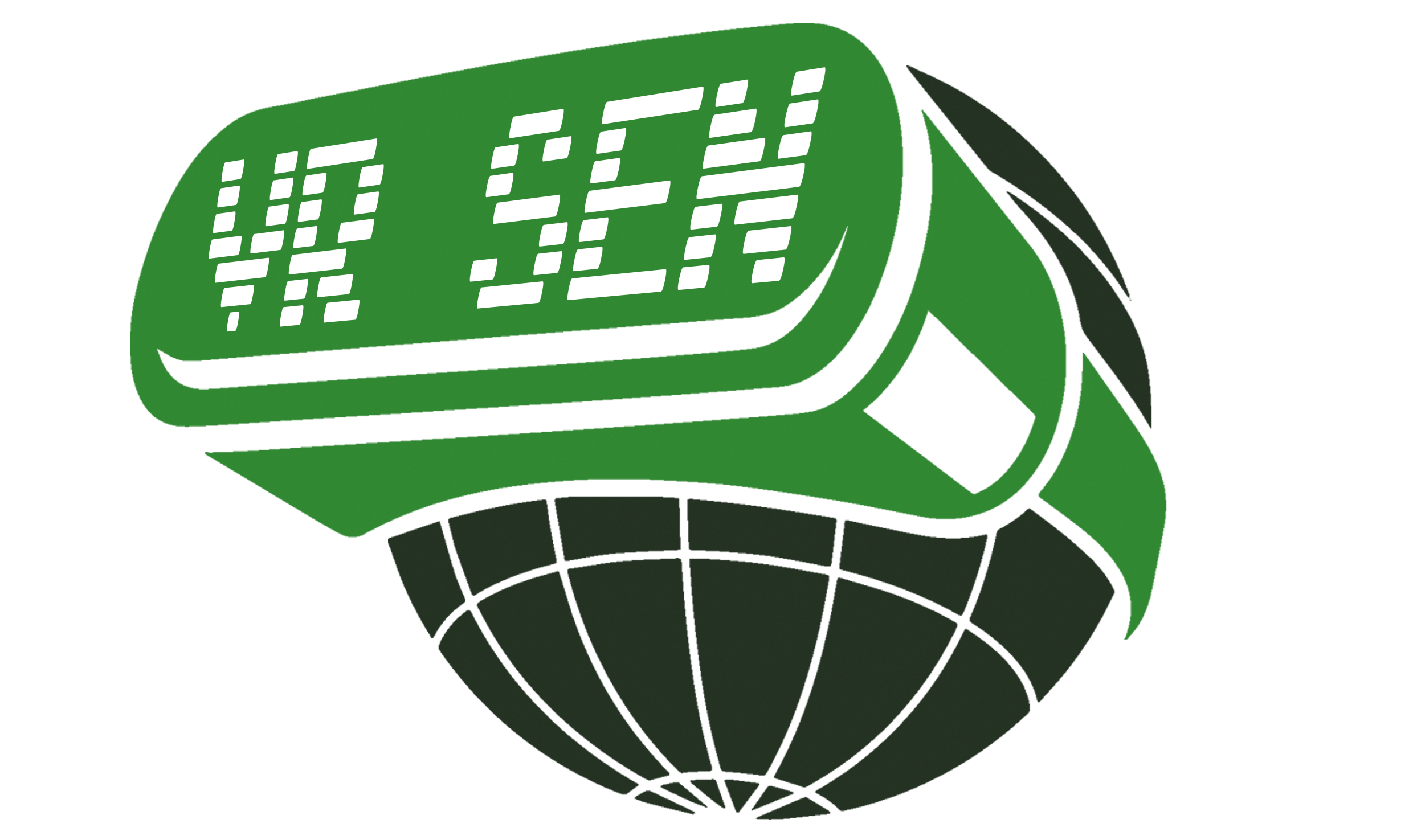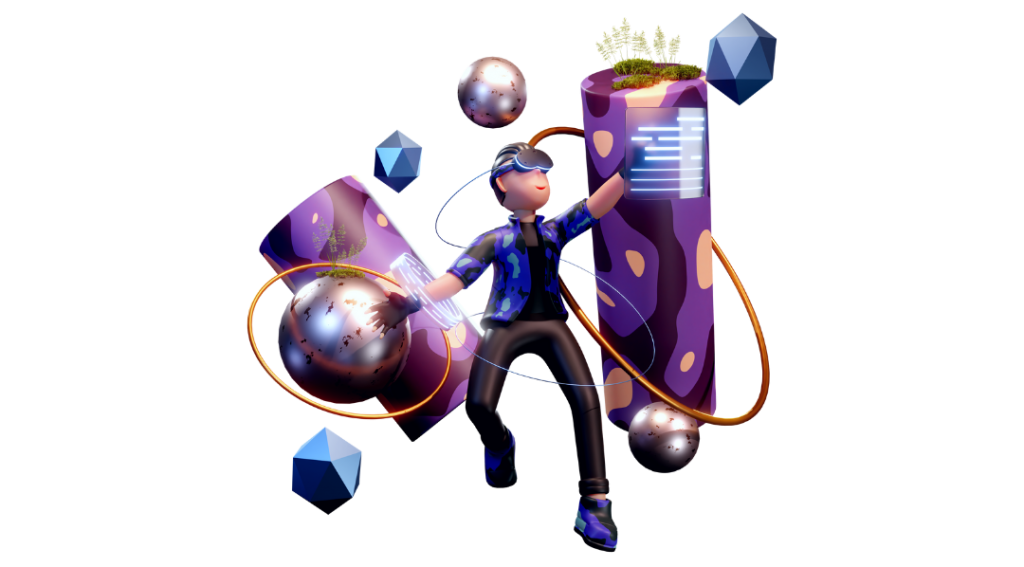
Introduction to VR-SEN Project
Project Overview The VR-SEN project arises from the critical need to adapt educational practices to better serve children with special needs, particularly those facing challenges in motor skill development. Traditional educational methods often fall short in meeting the diverse needs of these
children, affecting their cognitive growth, self-esteem, and social integration. This gap not only impacts educational achievements but also limits future opportunities, contributing to higher dropout rates and reduced life outcomes.
Recognizing these challenges, VR-SEN seeks to harness the transformative potential of technology to create more inclusive and effective educational environments. By integrating cutting-edge virtual
reality (VR) technology into the curriculum, VR-SEN aims to revolutionize how educational content is delivered to special needs children, focusing specifically on enhancing motor skill development—a critical area often overlooked in conventional educational settings.

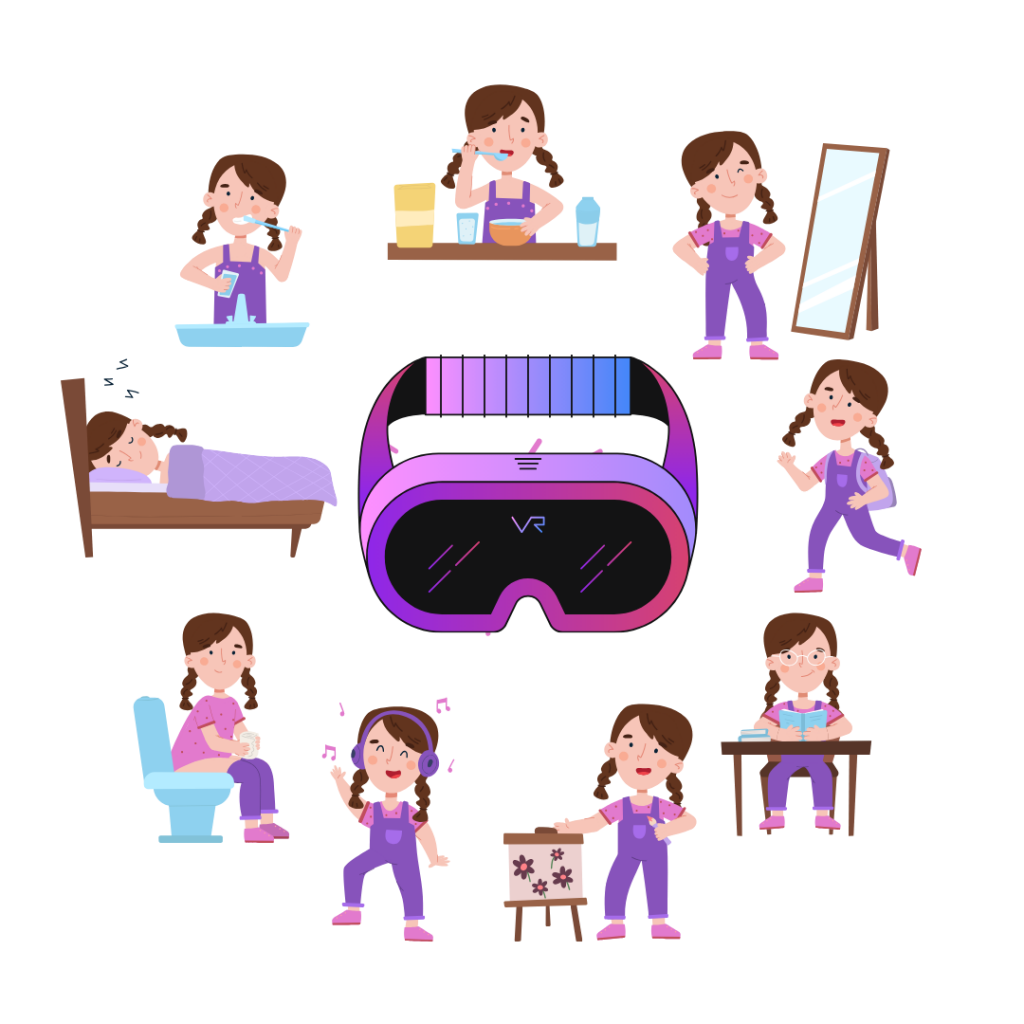
Innovative Approach The VR-SEN project utilizes virtual reality to craft an engaging and immersive learning experience tailored to the unique needs of each child. Unlike standard educational tools, VR provides a dynamic platform where children can interact with learning materials in a controlled,
virtual space. This approach not only allows for the simulation of real-world tasks, enhancing the development of both fine and gross motor skills, but also enables children to learn at their own pace in an environment that adapts to their individual abilities and learning styles.
Moreover, VR technology offers immediate feedback and customizable scenarios that are critical for experiential learning, which is often more effective than traditional didactic teaching methods. By immersing students in visually rich and interactive environments, VR stimulates cognitive processes and keeps children engaged, making learning both fun and impactful.
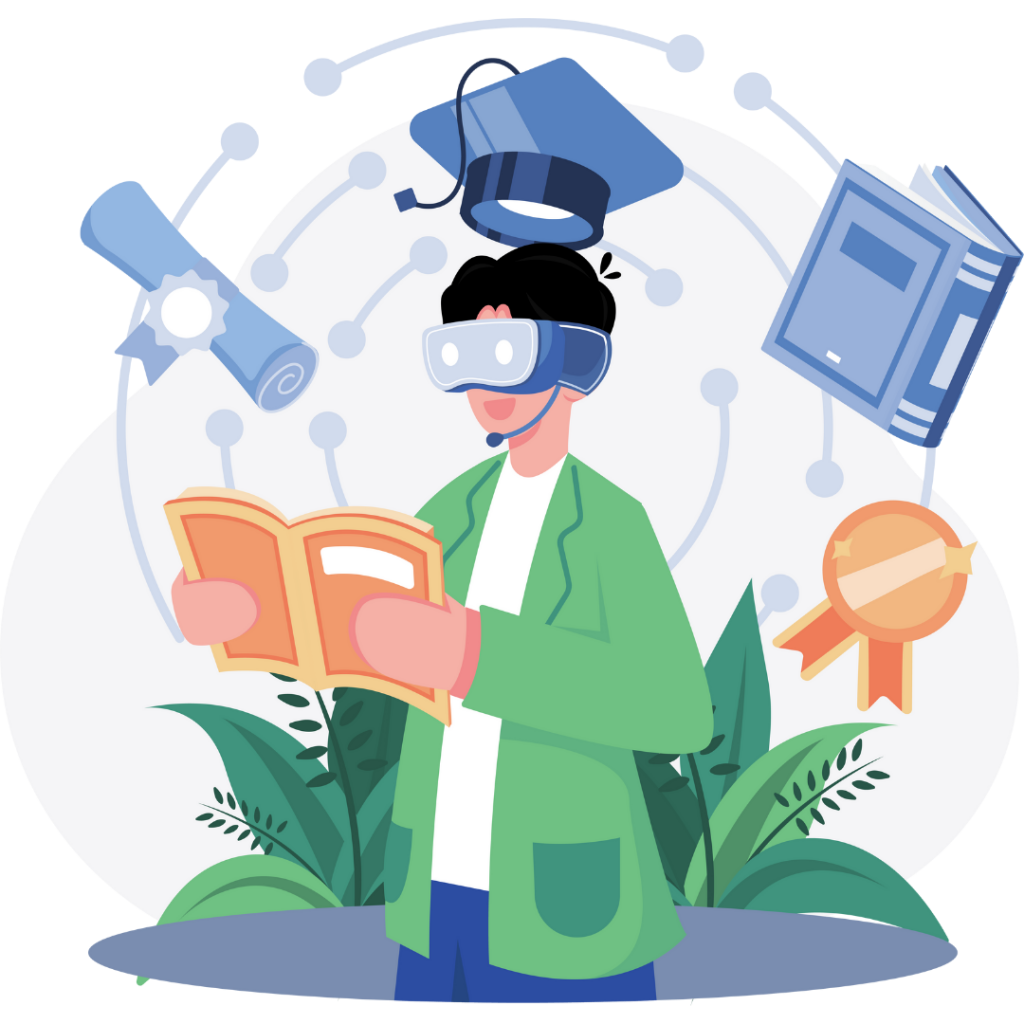
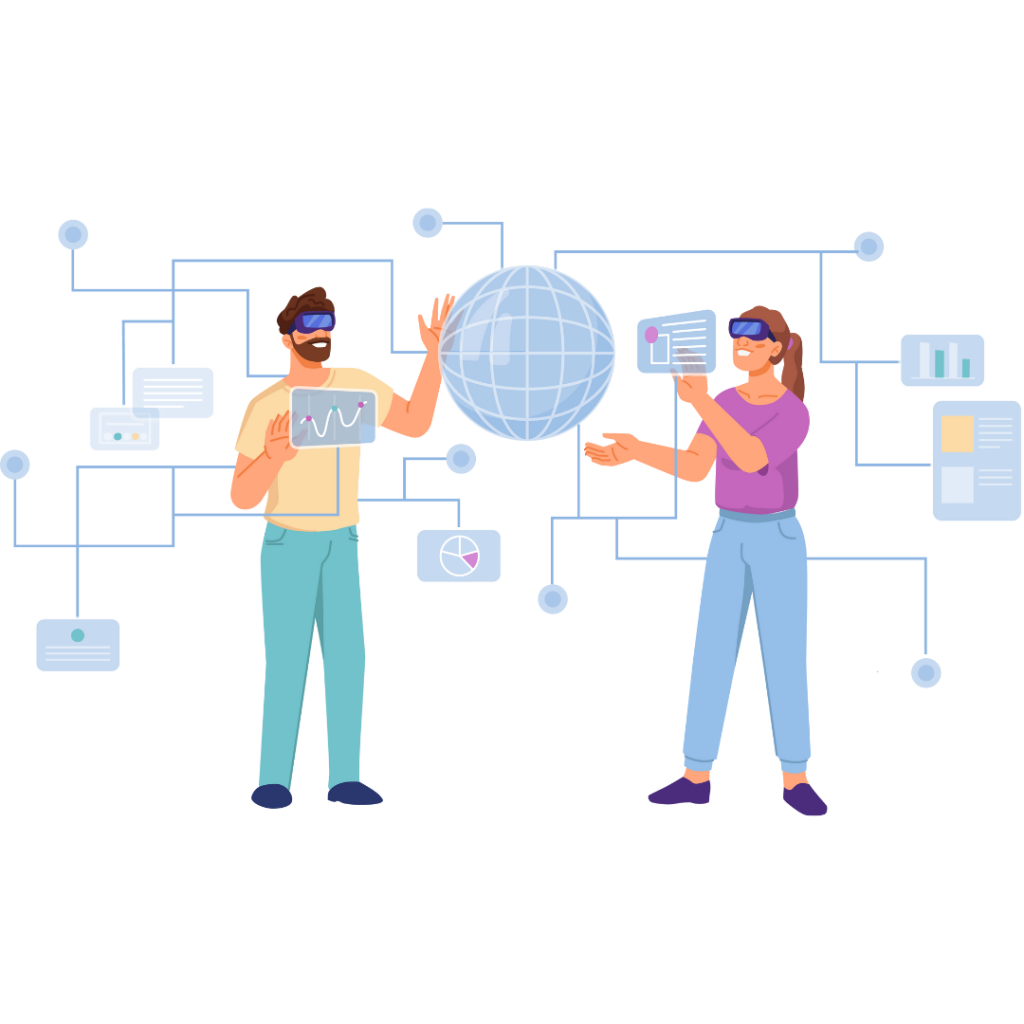
Through its innovative use of VR, the VR-SEN project not only addresses the educational needs of children with special needs but also sets a new standard for how technology can be used to foster more inclusive and adaptable educational practices. The project is designed with scalability in mind, allowing the developed VR curriculum and teaching methodologies to be implemented across various cultural and geographical contexts, thus broadening its impact and potential for global reach.
